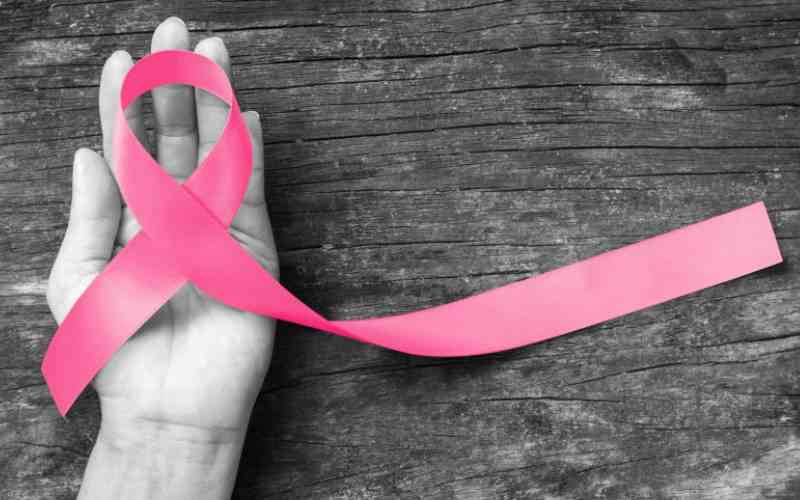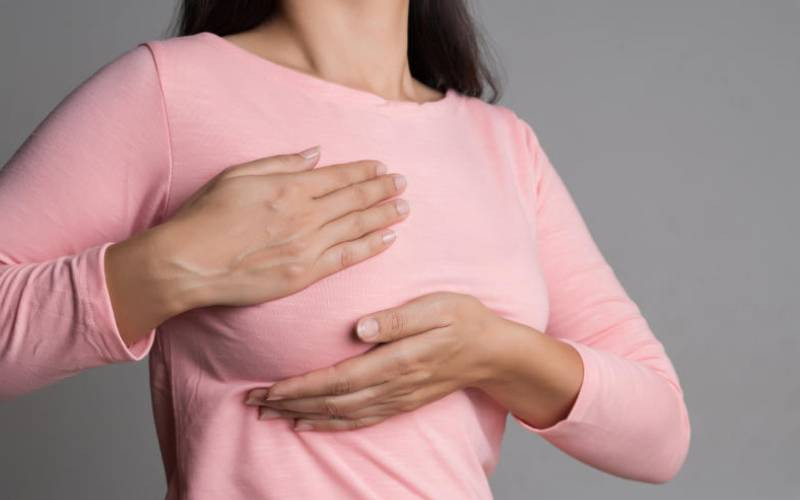
Following the recent cholera outbreak in Kenya, which has left some of us lovers of vibandaski food suffering, let’s look at some of the facts that we need to know.
What is Cholera:
Cholera is a diarrheal disease resulting from ingesting vibrio cholerae bacteria. It is usually transmitted through food and water contaminated by faecal matter. Cases occur mostly when waste management has failed and food and water get contaminated.
Major signs and symptoms:
These occur a few hours to five days after ingesting the bacteria. They include :rice watery diarrhoea leading to loss of about one litre of fluid per day.
Vomiting leading to dehydration. Dehydration presents with an increased heart rate dry mucous membrane, irritability, sunken eyes especially in babies, increased thirst and low blood pressure.
Management:
Mainly involves rehydration by oral or intravenous fluids depending on severity.
Antibiotics are also administered as per doctor’s prescription.
Zinc supplementation is also necessary.
Last but most important is Prevention.
Avoid consumption of raw uncooked food unless cleaned by self. Ensure proper hand washing with soap and running water; after visiting the toilet, before eating and after changing diapers. Drink safe water; ensure the water is treated either by chlorination or boiling for a whole minute. Treating of sewers before disposing of. Ensure no defecation near water sources. Latrines should be at least thirty metres from water sources. Cholera vaccination. The Standard Group Plc is a multi-media organization with investments in media platforms spanning newspaper print
operations, television, radio broadcasting, digital and online services. The Standard Group is recognized as a
leading multi-media house in Kenya with a key influence in matters of national and international interest.
The Standard Group Plc is a multi-media organization with investments in media platforms spanning newspaper print
operations, television, radio broadcasting, digital and online services. The Standard Group is recognized as a
leading multi-media house in Kenya with a key influence in matters of national and international interest.










